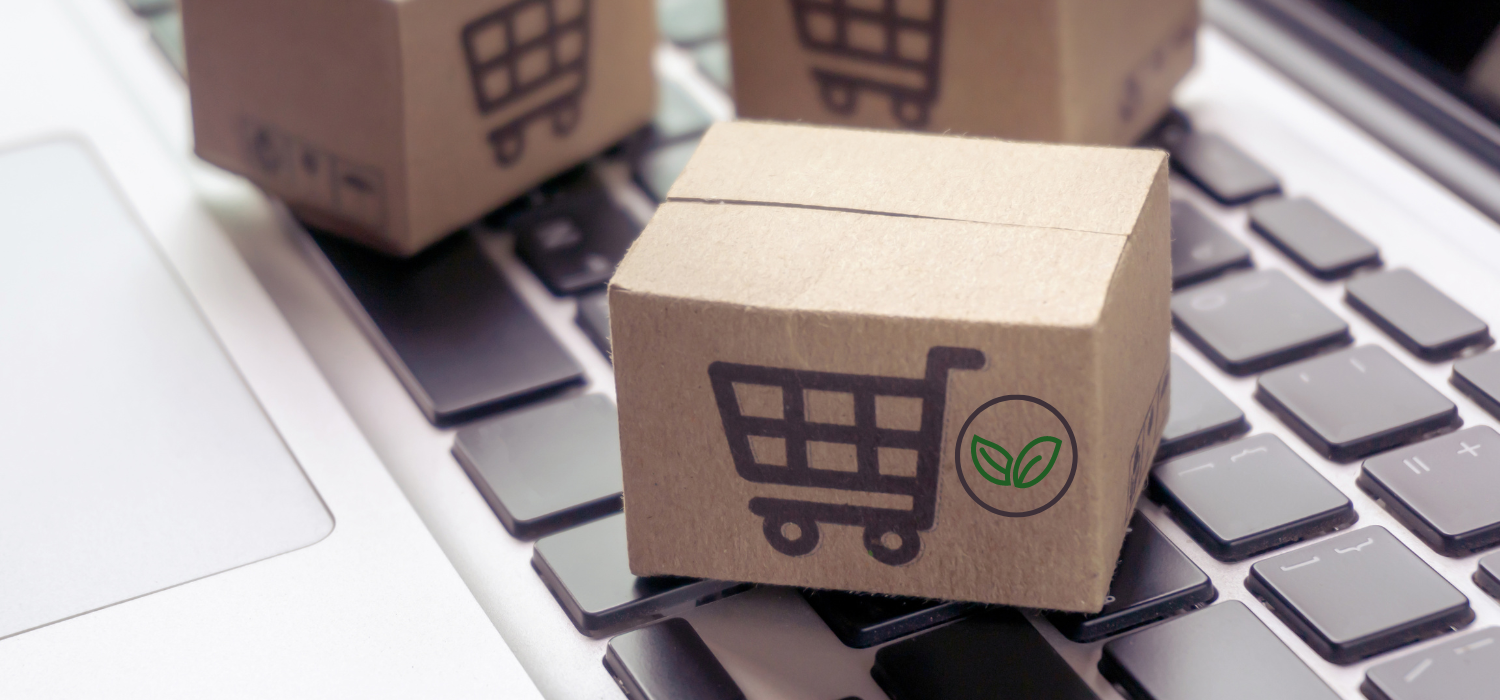By 2023, eCommerce sales in Germany will reach $122.40 billion, while by 2027 the projected market volume will be $171.20 billion, with an annual growth rate (CAGR 2023-2027) of 8.75 percent.
The German online sales market is therefore one of the most interesting in the European scenario. Here’s why we analyzed it for you.
The eShoppers in Germany
Statista estimates that 69.7 million German users will routinely use eCommerce sites to make their purchases by 2027, out of a total of 83.2 million inhabitants surveyed in 2021. The number of eShoppers, however, will continue to increase and by 2027 user penetration will be 83.9 percent.
As of today, according to the European eCommerce Report 2022, German eShoppers are 82 percent of the population, tied with France and Luxembourg, while Internet users reach 92 percent. Germany thus ranks just outside the European top ten-which we recall is led by the Netherlands-by the number of eShoppers.
Frequency of online shopping
Well over half of users (58%), made between 1 and 5 online orders in the last quarter of 2021 (29% one to two purchases, 29% three to five), while 33% shopped on the Internet more than six times in the quarter.
But from which sites do Germans prefer to shop online?
78% choose domestic retailers, while only 19% rely on retailers from other European countries and 13% from retailers from other parts of the world.
Sectors driving eCommerce include fashion, consumer electronics, personal care products, furniture and toys.
Barriers to eCommerce development
As with the other countries already analyzed, shopping at physical retailers still remains the preferred method of purchase for 38 percent of users, while only 8 percent of eShoppers believe that online payments risk being insufficiently secure, and 10 percent still believe that they lack the skills necessary to be able to complete an online purchase. The data that are most interesting, however, have to do with users’ perceptions of delivery time and costs, in other countries still perceived as a strong limitation to eCommerce development, but not in Germany.
Germany Leading the Way in Sustainable and Innovative Last Mile Logistics
As of today, in fact, Germany represents the largest OOH (Out Of Home) Network in Europe with about 70 thousand total Pickup Points. And the results are showing: only 4 percent of eShoppers believe that delivery times and costs are still too long or too expensive. A sign that from a logistics point of view, German eCommerce has something to teach other European countries.
In fact, it is no coincidence that in 2021 Germany took the lead as Europe’s largest market for autonomous last-mile deliveries, with a market worth $24.5 million. According to Statista, moreover, Germany’s lead will remain unchanged for the next few years (the estimate goes all the way to 2028), followed by the United Kingdom, France, Spain, Italy (where it is worth $8 million in 2021) and Russia.
Alternative and sustainable deliveries thus seem to have won over German eShoppers. “Postal and express couriers are investing in environmentally friendly delivery options to reduce emissions, especially in the last mile, with cargo bikes and alternative fuel vehicles,” explained Martin Groß-Albenhausen, deputy secretary general, Bundesverband E-Commerce und Versandhandel e.V. “This development is increasingly in demand from both customers and retailers. In addition, logistics service providers are looking into optimizing packaging, creating a reusable packaging system and optimizing the use of cargo space in their vehicles.”
The success of Lockers
On the Locker and Pickup Points front, which have been introduced in Germany since 2003, there are also excellent results. Deutsche Post DHL, for example, reached 10 thousand Locker Packstations nationwide last summer, and by the end of 2023 the number is expected to rise to 15 thousand, for a last-mile CO2 emission saving of about 30 percent per package delivered directly to Packstations compared to normal home delivery.
A sign that not only is the German eCommerce market particularly attentive to green deliveries, but also that consumers are increasingly willing to accept alternative forms of delivery to traditional Home Delivery in exchange for a twofold benefit: greater flexibility for order pickup on the one hand, and more sustainable deliveries on the other.
How to take advantage of the benefits of Lockers
Thanks to GEL Proximity, the first aggregator of Pickup Points, you can offer your customers the ability to pick up their orders online at tens of thousands of already active Pickup Points and Lockers throughout the country and internationally. If you want to integrate GEL Proximity to your eCommerce, all you need to do is choose the plan that best suits your needs. Discover all our services or contact us to get more information now.








